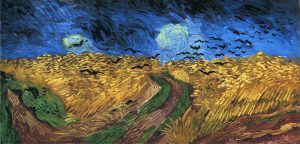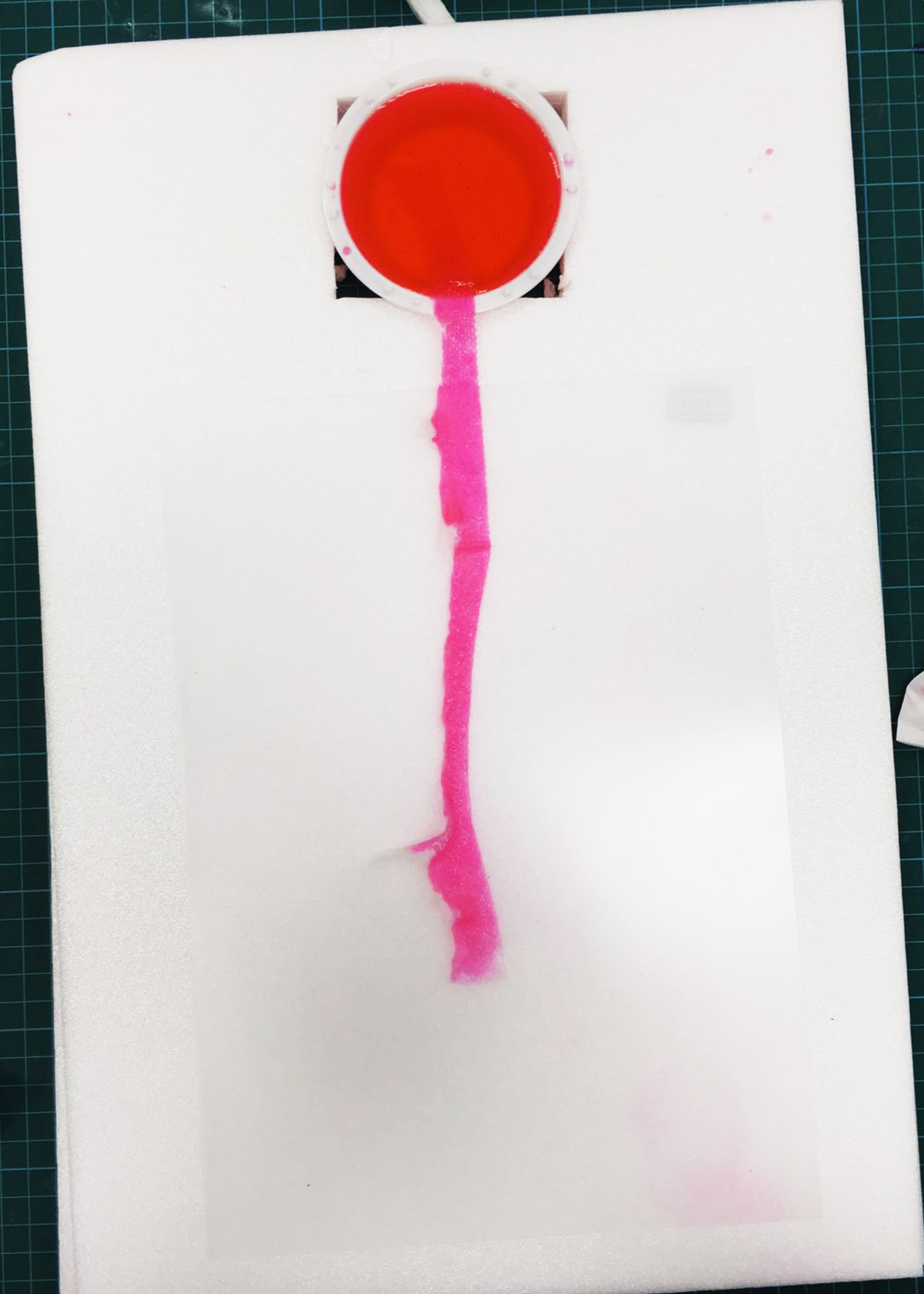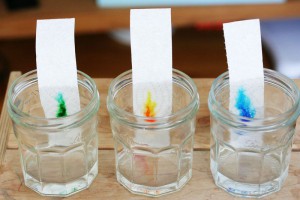(N.B I haven’t been tagging these posts right last time hence I’m reuploading them in hopes that they appear in the class pages again! ( please visit my page for a accurate timeline of posts though! )
Now that this project is over, it’s time to reflect. I’ve started his project with a very large and pretty unorganised train of thought. With some self reflection, I’ve decided to define time as a huge muddy sea of constants and variables.
Constants: The locations I visit, the timing of which I take the pictures, the subjects of the photo, the life I live, the society around me, the skies I get to see.
– Routines, structure, the inexplicable movement of time as the sun undoubtedly rises and sets.
————-
Variables: When the wind blows clouds over to cover parts of the sun, when a lady refuse to budge from her spot in my shot. How I see the world in a stressful morning, how I respond to it during a relaxed evening.
– Emotions of mine, emotions of others. The movement of nature, the inevitable bits of chaos.
How do we measure time in Singapore? This question still lingers in my mind.
I believe that in a society so obsessed with constants, are variables the only things left that at least give some idea that time has passed?
If we cannot control constants, we should try to be variables, or at least try to take note of the variables around us.
The Sun will always rise and set, but where its light touches, where a shadow is cast onto the ground. No two photos are the same, no two seconds are the same. Everything is always changing every day, every hour, every second.
The book is hence titled “In the light of” from the idiom,
In the light of something:
considering, because of, taking into account, bearing in mind, in view of, taking into consideration, with knowledge of
The title is a play on the fact that, yeah the photos are of shadows and things that have been under the light of the sun. But also taking into account the life around us, how time passes, how constants drive us, how variations change us and how we feel about those things.
Anyhoo, I’ve included the photo book for you guys to read!
_____________________
A friend told me that my photos reminded her of Edward Hopper‘s works. If you are unfamiliar with his works, Edward Hopper is a American painter who captures scenes and architecture iconic of America’s golden years of the 1920’s to 50’s. The catch is that his works are without a lot of the glitz and glamour that usually comes pre-packaged with these imagery, but it’s not overtly morose either.
Hopper’s scenes usually depict those of people being indoors. White spaces occupy most of the canvas, nearly empty rooms, characters in the painting ignoring one another, geometric landscapes with blocks of sunlight invading the scene… these are common elements in his works.
A sense of isolation, loneliness, melancholy and serenity could be seen in his works.
( One of my favourite works of his is Rooms by the Sea, 1951)
While the reference is unintentional, Hopper had been influential in some way because of how much of his works resonates with me. I’ve always somehow wanted to be in those rooms and scenes he paints because of how quiet, spacious and isolated it all is. I was pleasantly surprised to find a quote from him that accurately explains some parts of my project.
There will be, I think, an attempt to grasp again the surprise and accidents of nature and a more intimate and sympathetic study of its moods, together with a renewed wonder and humility on the part of such as are still capable of these basic reactions.
Pathetic fallacy, chaos theory; check and checked.
Edward Hopper is renowned for his reluctance to discuss himself and his art, Hopper simply summed up his art by stating, “The whole answer is there on the canvas.”
As much as I have lots and lots of themes and ideologies into my work, I think in the most basic reason we do what we do is ultimately for our love for sunlight and how it made a crummy rigid world slightly more beautiful.
As Hopper puts it,
Maybe I am not very human – what I wanted to do was to paint sunlight on the side of a house.
If he’s not very human, I’m not quite sure if I am too.
(Originally posted on 12/3/2016)











